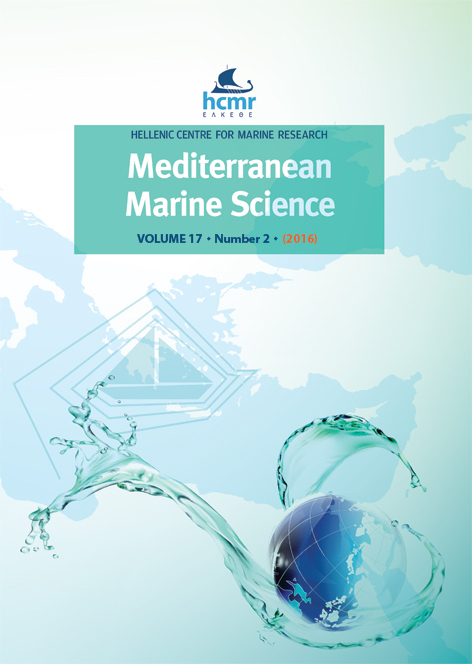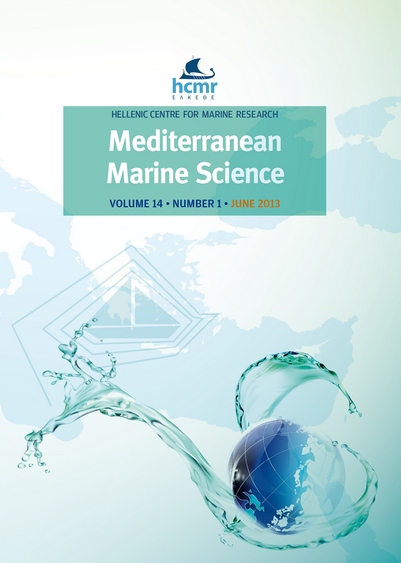Concordant patterns of mtDNA and nuclear phylogeographic structure reveal Pleistocene vicariant event in the green crab Carcinus aestuarii across the Siculo-Tunisian Strait

Abstract
This study focuses on the population genetic structure of the green crab Carcinus aestuarii along part of the African Mediterranean coast, with the main target to confirm genetic subdivision across the well documented genetic boundary of the Siculo-Tunisian Strait. For this purpose, the mitochondrial COI (cytochrome oxidase I) gene and five polymorphic microsatellite loci were analysed in 144 and 120 specimens, respectively. Our results show the existence of two distinct haplogroups, separated by 16 mutational steps and revealed a non random distribution of the genetic variation along the African Mediterranean coast. Dating analyses, based on the use of different molecular clock models and rates, placed the divergence among both haplogroups at 1.91 Myr (95% HPD: 1.11–2.68 Myr) to 0.69 Myr (95% HPD: 0.44–0.98 Myr). This range of divergence time estimation corresponds to the Early Pleistocene. The particular pattern of genetic divergence among Eastern and Western African Mediterranean populations of C. aestuarii, detected by 2-level AMOVA at the mitochondrial level, was consistent with that inferred from microsatellite analysis and suggests a vicariant event in C. aestuarii. Demographic reconstruction, inferred from mismatch distribution and BSP analyses, yielded different patterns of demographic history between both African Mediterranean groups. The distribution pattern of the two haplogroups across the African Mediterranean coast, along with results of Bayesian analysis of genetic structure revealing an intermediate geographic group between the two divergent groups of the African coast, support the hypothesis of a secondary contact between two historically isolated groups. Although this hypothetical contact zone, thought to be located near the Siculo-Tunisian Strait, still needs to be verified, the asymmetric gene flow from Western to Eastern African Mediterranean, as inferred by the results of a MIGRATE analysis, reinforces the previously mentioned results.
Article Details
- How to Cite
-
DELI, T., CHATTI, N., SAID, K., & SCHUBART, C. D. (2016). Concordant patterns of mtDNA and nuclear phylogeographic structure reveal Pleistocene vicariant event in the green crab Carcinus aestuarii across the Siculo-Tunisian Strait. Mediterranean Marine Science, 17(2), 533–551. https://doi.org/10.12681/mms.1562
- Issue
- Vol. 17 No. 2 (2016)
- Section
- Research Article
Authors who publish with this journal agree to the following terms:
- Authors retain copyright and grant the journal right of first publication with the work simultaneously licensed under a Creative Commons Attribution Non-Commercial License that allows others to share the work with an acknowledgement of the work's authorship and initial publication in this journal.
- Authors are able to enter into separate, additional contractual arrangements for the non-exclusive distribution of the journal's published version of the work (e.g. post it to an institutional repository or publish it in a book), with an acknowledgement of its initial publication in this journal.
- Authors are permitted and encouraged to post their work online (preferably in institutional repositories or on their website) prior to and during the submission process, as it can lead to productive exchanges, as well as earlier and greater citation of published work (See The Effect of Open Access).





